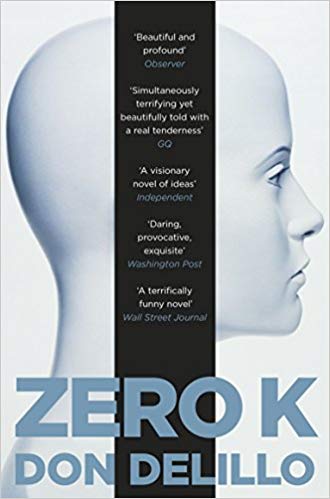

Theoretically he had turned against his own social class and against all art that did not illustrate some simple moral truth-and yet his biographers give us a charming picture of Tolstoy at age fifty and his old aesthetic and ideological enemy Turgenev, age sixty, sitting at opposite ends of a child's teeter-totter, seesawing up and down as children from the neighborhood laugh and applaud. He had turned against the ideal of family life that he had so memorably depicted in War and Peace, but he still lived as-and at times very much enjoyed being-a family man.

That he could not live a life strictly consistent with his deeply felt (and widely publicized) principles had always troubled him, and now tormented him. His earlier religious faith, never terribly strong, had collapsed utterly, and he was seeking a new faith to live by. Never a complacent person unaware of his own self-development, Tolstoy in the late 1870S and early 1880s was passing through a stage of especially intense spiritual torment and particularly ruthless self-examination. For Tolstoy these were years of spiritual unrest. “Through the decade of the 1880s and into the early 1890s, Tolstoy and Fedorov met many times, and Tolstoy frequently refers to him in his letters and notebooks. The Russian Cosmists: The Esoteric Futurism of Nikolai Federov and His Followers


And this simple but radical change in orientation, from horizontal to vertical, returns throughout his writings to symbolize the reorientation needed in every field of activity: from a horizontal “zoomorphic” culture of human animals to a vertical, fully human stance of broad rational perspective from a Ptolemaic, earth-centered worldview to a Copernican, cosmos-centered worldview from the horizontal position of a body lying in its grave to the vertical position of the monument and mourner standing over that grave from the horizontality of the railroad track to the verticality of the air balloon now and the spaceship tomorrow.” “One of his favorite examples, repeated several times in the thousands of pages of his writings, is of American experiments to bring rain in time of drought by shooting cannons into the air: a simple reorientation of aim from horizontal to vertical, from weapons of destruction to instruments of salvation.


 0 kommentar(er)
0 kommentar(er)
